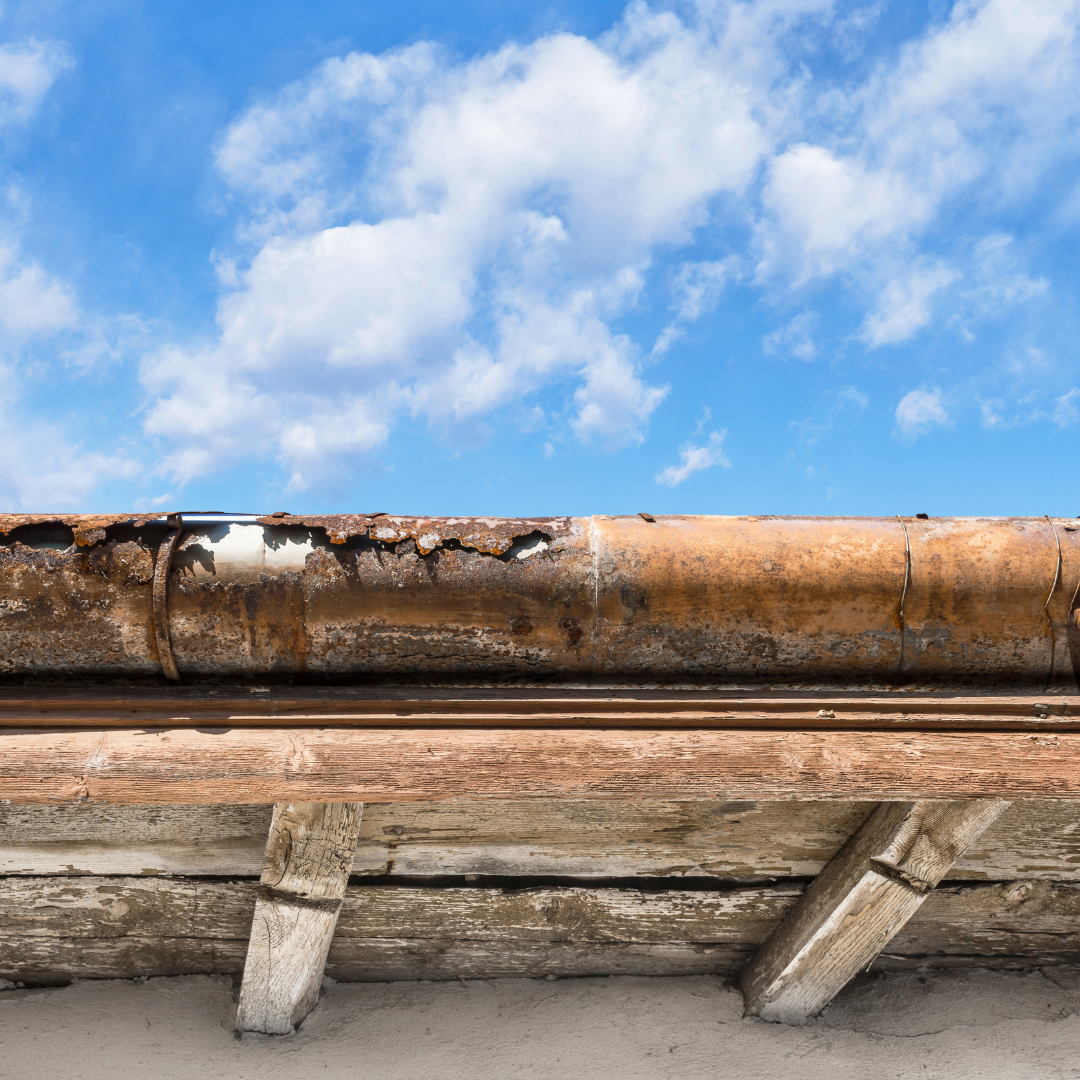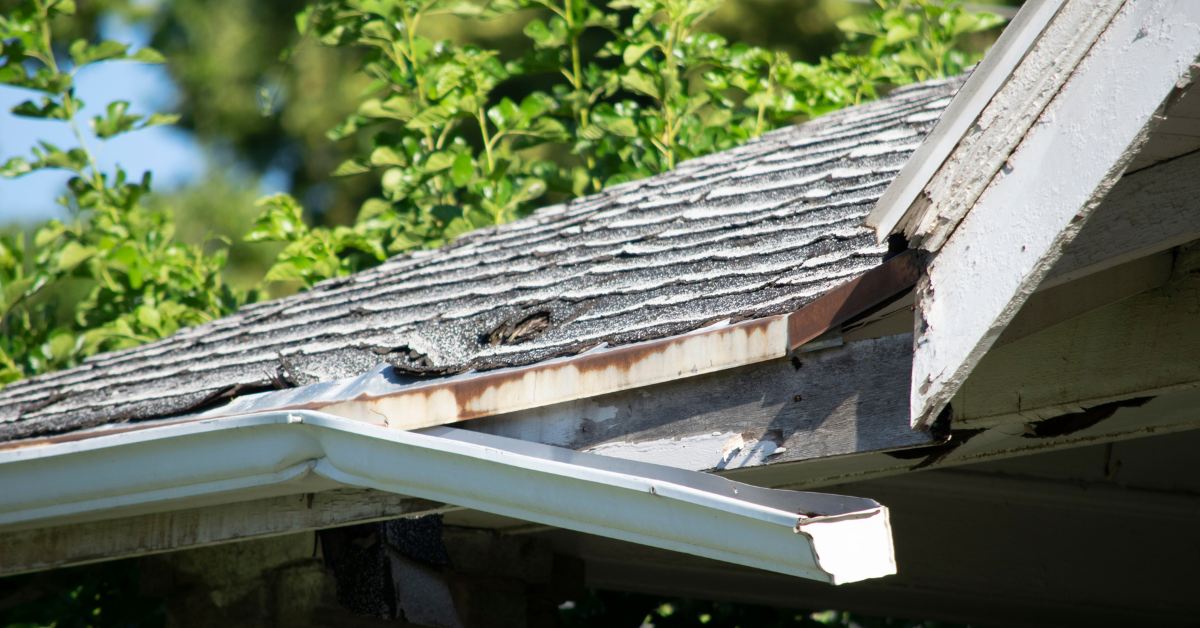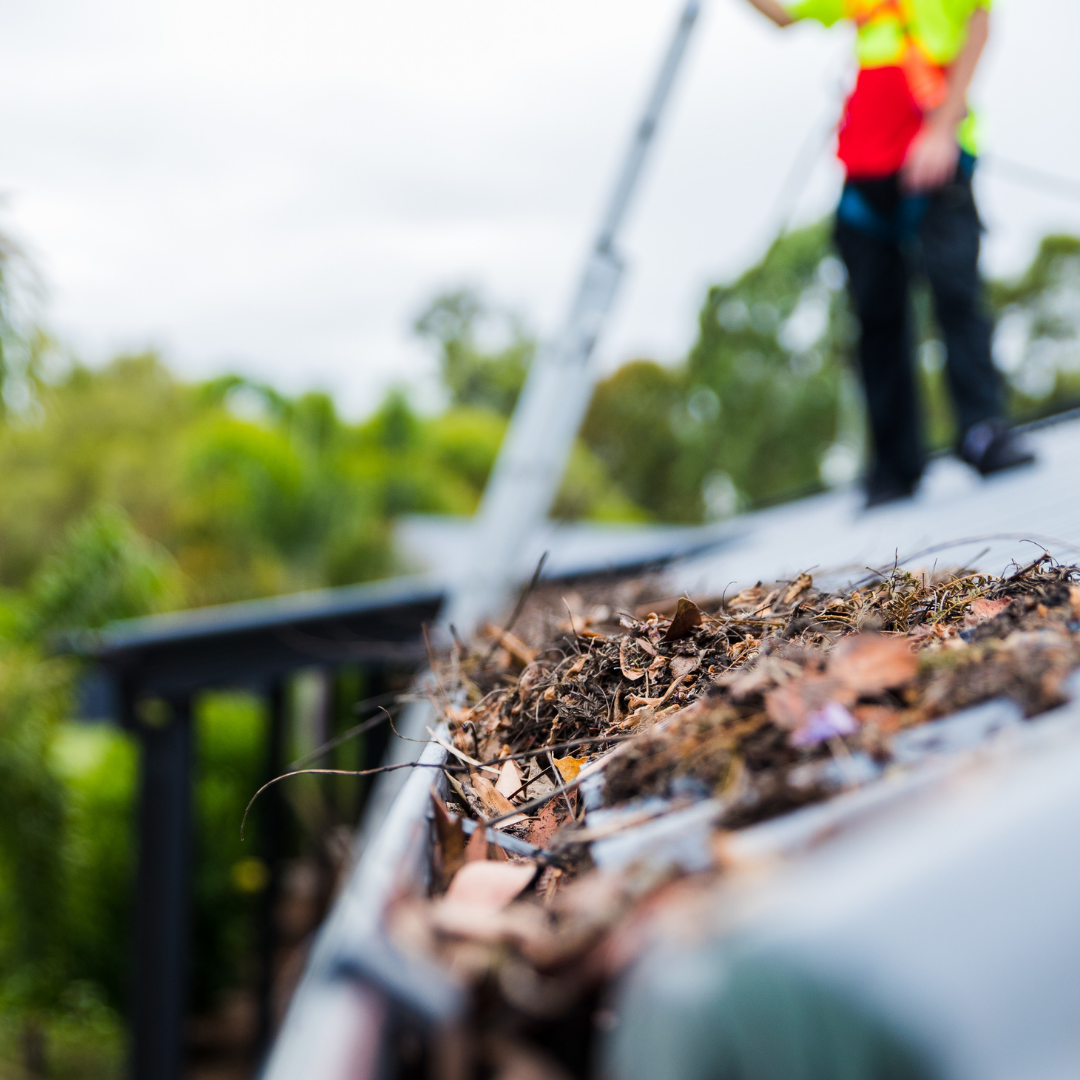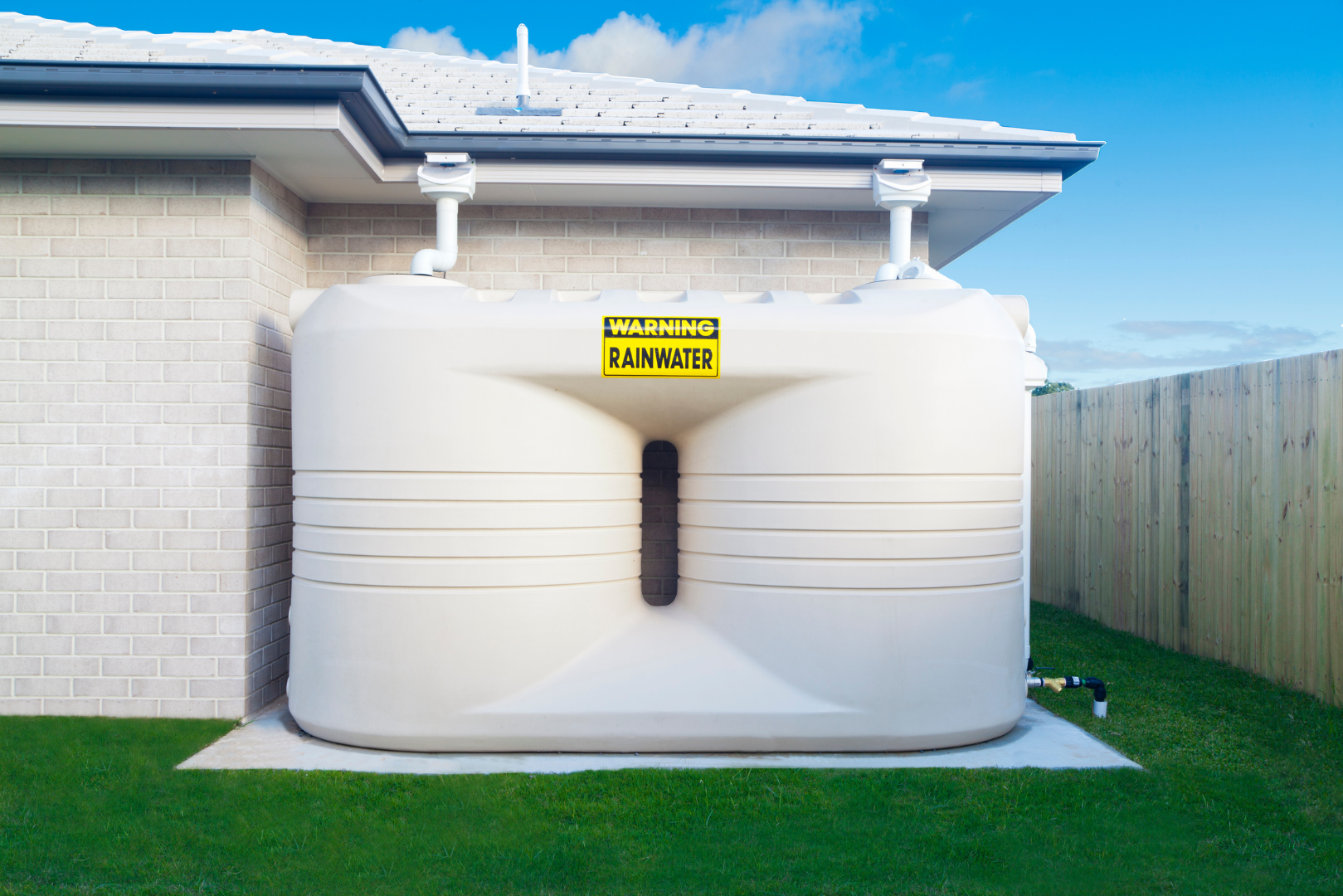When heavy rains reveal a leaky gutter, your immediate response is crucial. While it might be tempting to resort to DIY solutions, especially during the storm, seeking professional help should be your top priority. Here’s why:
- Safety First: Your safety and that of your family should always come first. Trying to fix a gutter issue in the midst of heavy rainfall can be hazardous. Slippery surfaces and unpredictable water flow make accidents more likely. Professional technicians are equipped with the right safety gear and experience to handle such situations.
- Expert Assessment: Professionals possess the expertise to accurately assess the problem. Sometimes, what seems like a minor leak could be indicative of a more significant underlying issue. By hiring professionals, you ensure a comprehensive evaluation, leading to a thorough and lasting solution.
- Efficient Repairs: Gutter repair specialists have the necessary tools and materials readily available. They can efficiently repair leaks, replace damaged sections, and address any other issues swiftly and effectively. Their experience enables them to complete the repairs in a timely manner, preventing further damage to your home.
- Preventing Future Problems: Professionals not only fix the current issue but also identify potential future problems. They can offer valuable insights into maintaining your gutter system, preventing similar emergencies in the future. Their advice can save you from recurring issues and unnecessary expenses.
- Insurance Assistance: Some homeowner’s insurance policies cover damages caused by faulty gutters. Professional repair companies can assist you in understanding your policy and provide documentation for insurance claims if applicable. This can significantly ease the financial burden of repairs.
- Quality Workmanship: Gutter repair professionals are skilled craftsmen who take pride in their work. They ensure that repairs are done with precision and attention to detail. Quality workmanship guarantees the longevity of the repairs, giving you peace of mind during future rainstorms.
- Proactive Solutions: Professionals don’t just fix the immediate problem; they offer proactive solutions to enhance your gutter system’s performance. This might include installing gutter guards or recommending a gutter upgrade tailored to your home’s specific needs. Investing in these solutions can save you from future emergencies.
- Cost-Effective in the Long Run: While DIY fixes might seem budget-friendly initially, they often provide only temporary relief. Over time, recurrent issues can lead to significant expenses. Professional repairs, done right the first time, are a cost-effective long-term solution, saving you from continuous repairs and potential structural damage.
- Peace of Mind: Perhaps the most significant advantage of hiring professionals is the peace of mind it brings. Knowing that your gutter system is in expert hands allows you to focus on your family and other aspects of your life, without the constant worry of impending water damage.
Remember, your home is one of your most significant investments. Protect it by prioritising professional help when it comes to emergency gutter repairs. Their expertise, efficiency, and long-term solutions ensure that your home remains safe and secure, even in the heaviest of rainfalls. Remember, prevention is the best cure!
Contact Gutter-Vac for a free quote to safeguard your gutters and home for years to come.















